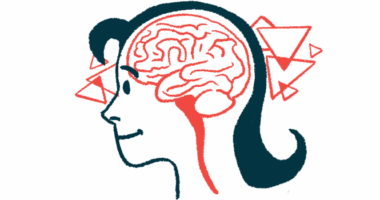
Living With Ehlers-Danlos Syndrome
Aids and Adaptations
Some EDS patients may require aids and adaptations to maintain their independence. Orthotics such as splints and braces can help protect joints and knees, and facilitate walking. Some patients may require specialized mobility devices, such as a wheelchair or a scooter, and a walker, crutches, or a cane for mobility.
Exercise
Hypermobile joints are prone to dislocations, which can make exercise challenging for patients with EDS. However, exercise, in combination with physiotherapy, can help strengthen the muscles around the joints and prevent dislocations.
Schooling
No matter which type of EDS children may have, the specific symptoms can affect all aspects of their everyday lives — including schooling. Parents should work with school administration to develop an individualized education plan for their child to ensure their needs are met.
Fertility and Pregnancy
Patients with EDS may experience problems with fertility and pregnancy, depending on the type and severity of their disease. Some women with EDS may have difficulty conceiving, and they are more prone to gynecological problems due to damage to the connective tissue supporting the reproductive organs.




